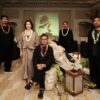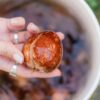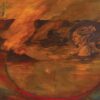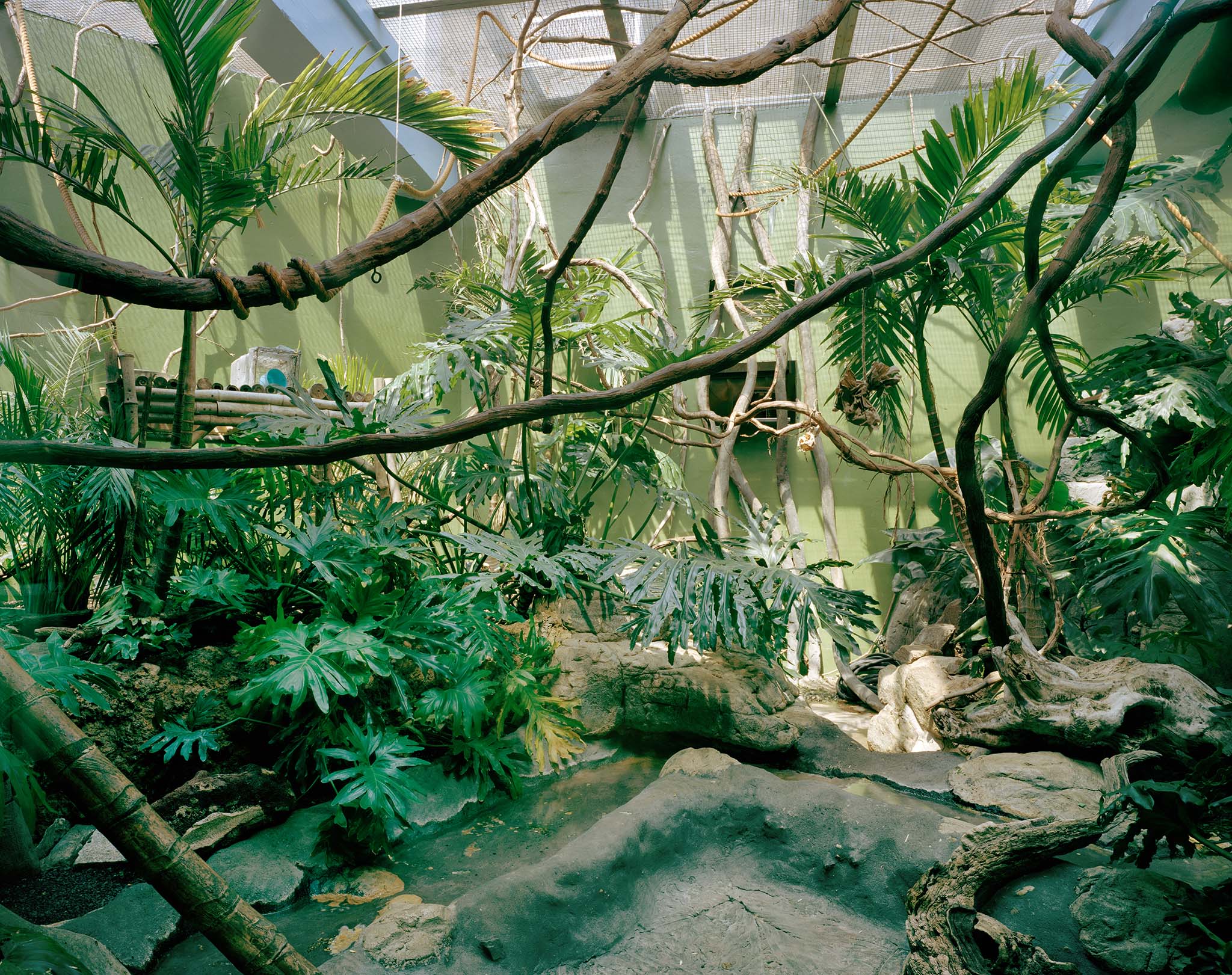Text by Naz Kawakami
Artwork courtesy of Phil Jung and images by Chris Rohrer
For his film photography series Windscreen, photographer Phil Jung peered through the windows and windshields of vehicles across the United States. For more than a decade, he photographed what he thought to be the drivers’ most personal effects: photos of presumed loved ones on the dash, lotto tickets stashed in the side pocket, rosary beads scattered among spare change.
“It’s like creating a portrait without the subject,” Jung said of the series, “having a viewer wonder about that space and about what sort of person might inhabit it.”
Another of Jung’s ongoing projects, A Different Nature, applies the same inquisitive lens to the worlds created by zoos for the animals they house, emphasizing the eerie voyeurism of each exhibit. Jung’s photographs shift the focus away from the animals, concentrating on the artificial, replicated comfort of the environments that cage them.
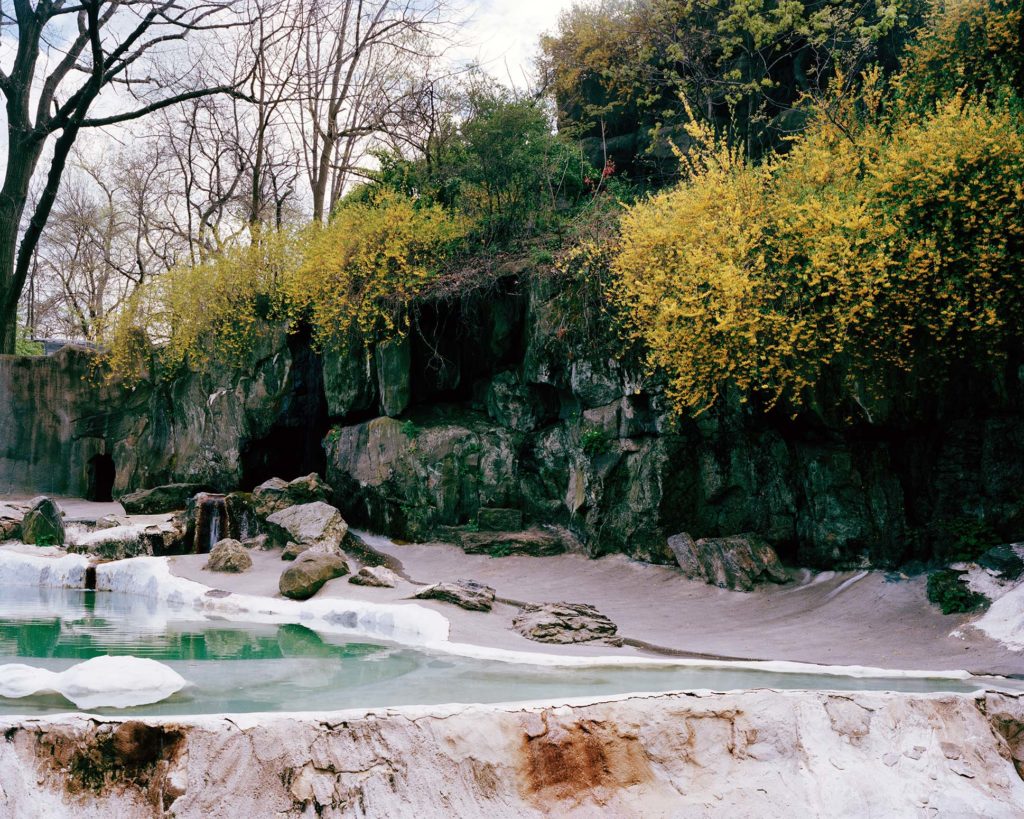
Take for example, a photo from A Different Nature, “Indoor Giant Panda Exhibit,” in which the enclosure’s three-dimensional rock wall collides with the two-dimensional wall painting, providing an illusion of the wall’s continuance into misty mountains. This photo captures a major theme of the series: the inherent conflict between nature and human attempts to replicate it. The spaces “blur the line between fact and fiction,” Jung wrote in his description of the series. “In many ways, they offer proof of our distorted and disconnected views of the natural world.”
Jung discovered his passion by chance through a photography elective he enrolled in for credits at the San Francisco Art Institute, from which he went on to earn a BFA. Since Jung received his MFA in photography from the Massachusetts College of Art and Design in 2009, his work has been featured in publications including the Boston Globe and Incandescent and presented in shows and galleries across the country.
Both Windscreen and A Different Nature are shot on 4-inch-by-5-inch color film negatives with an imposingly large Ebony camera, which allows Jung to capture the fine detail and complex color shifting throughout the exhibits. The antique camera, used by photographers of the 1960s rather than the iPhone-wielding picture-takers of today, has garnered Jung some strange looks. In a meta turn of events, Jung becomes just as much of a spectacle as the exhibits he photographs.
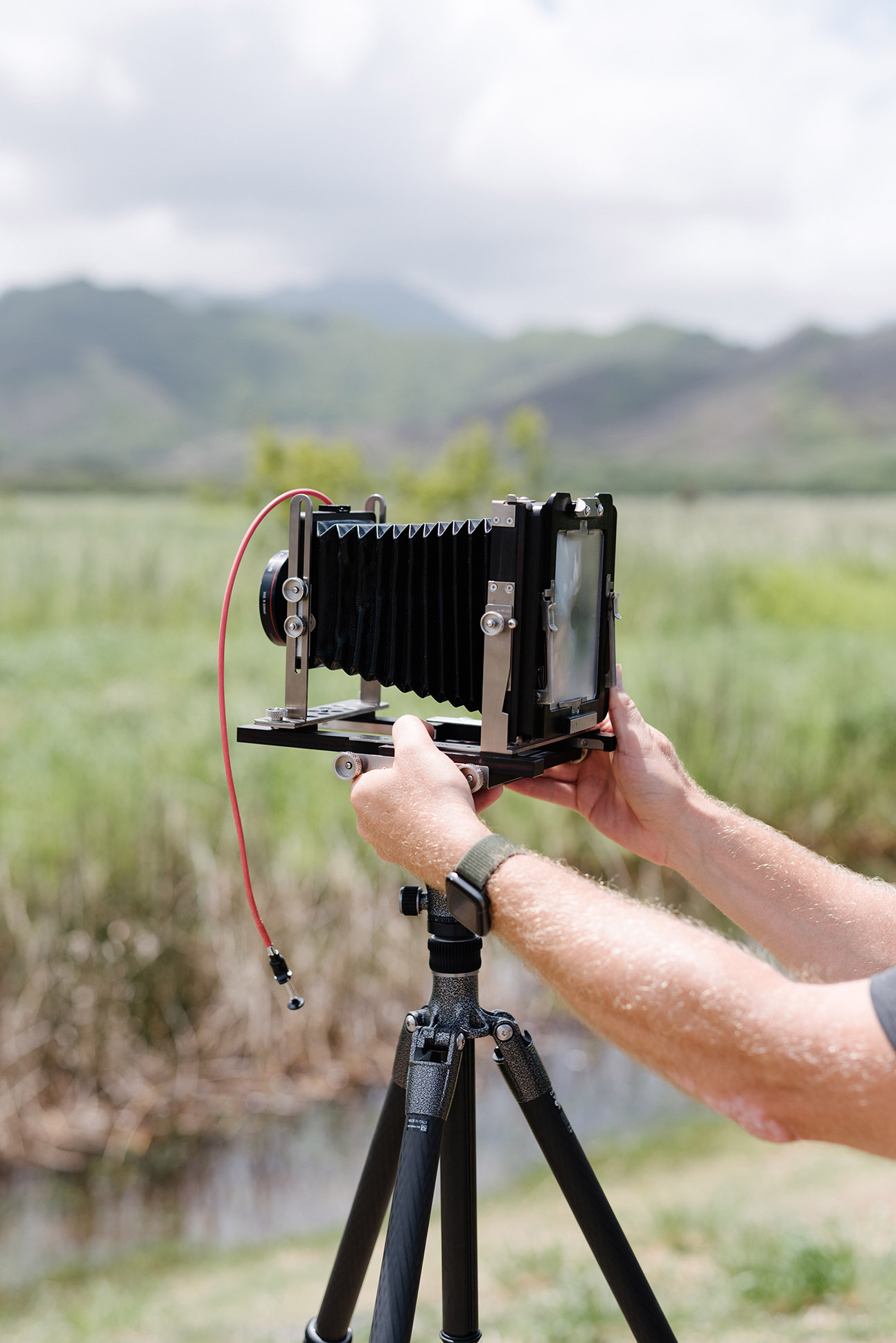
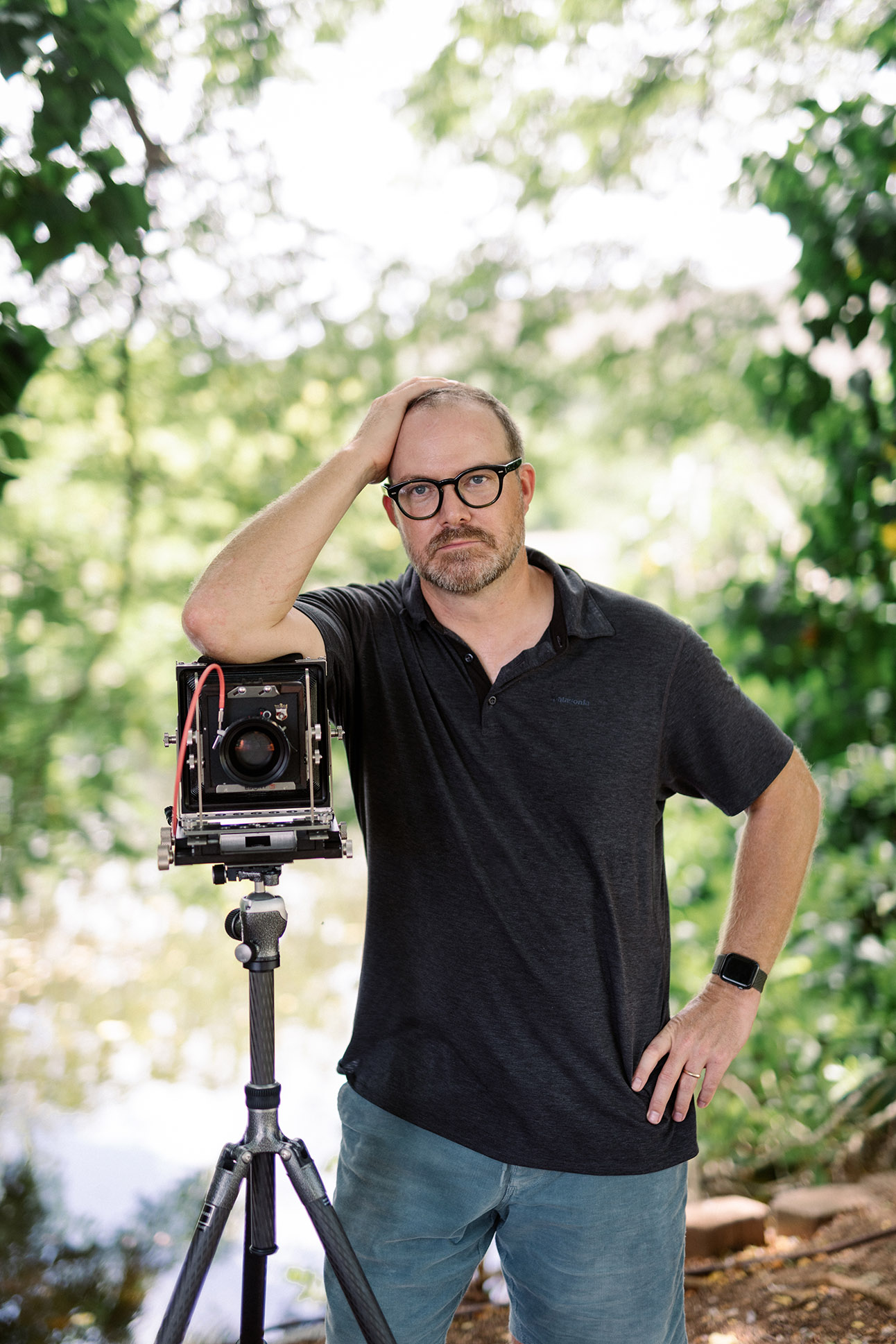
“People go from pointing their cameras at the animal, to pointing them at me, and then to whatever I’m photographing,” Jung said.
In 2014, Jung relocated to Honolulu to instruct photography students at the University of Hawai‘i at Mānoa. In the islands, he has continued to capture lives through details of the world within which they exist using the voyeuristic approach to shooting his subjects he began in Boston. Windscreen, as well as A Different Nature, depict spaces affected by those who inhabit them, but the photographs have a sterile quality, having been positioned from behind metaphorical and literal glass.
“A lot has happened in these spaces, and the space has been altered,” Jung says. “There is a residue of human-animal existence, and I’m trying to capture that.”
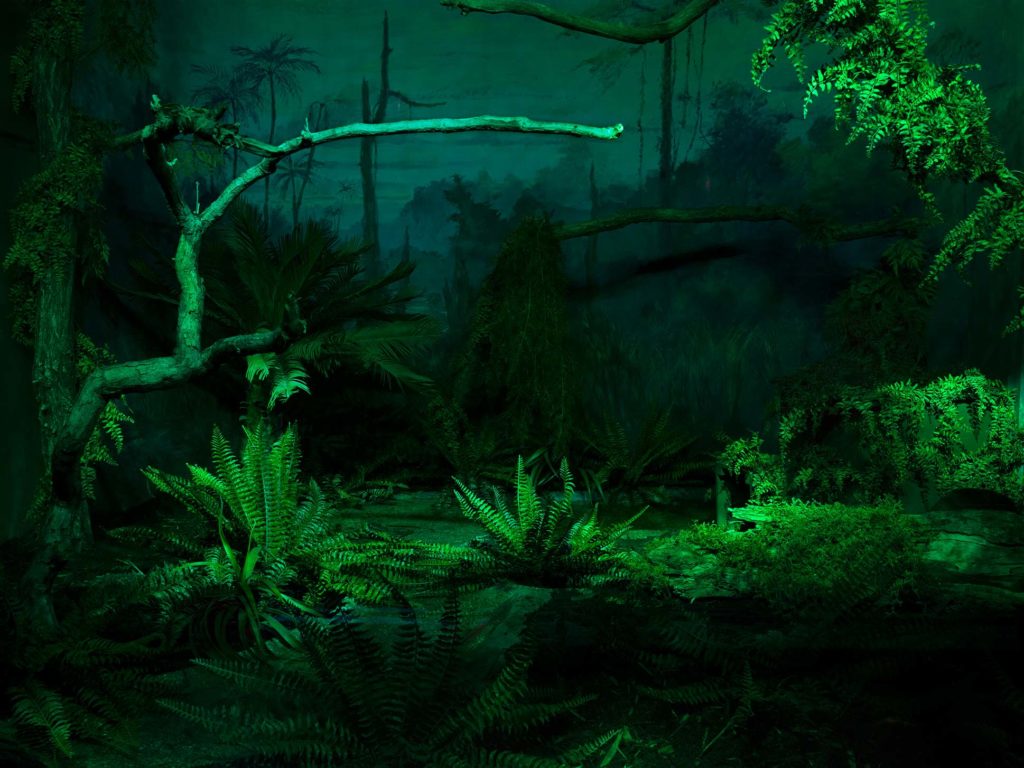
This stylistic thread continues in his more recent work photographed in Hawai‘i, including City of Refuge, an exploration of the textured topography of rock surfaces, and his series Oahu, which is comprised of vignettes of island life and representations of Hawai‘i’s social and cultural norms that differ from the idealism of the tourism industry.
At a Honolulu reception for A Different Nature (or “my zoo work,” as Jung sometimes refers to the series), a viewer told Jung that his photograph of an indoor giant panda enclosure was “beautifully sad,” with its fluorescent lights and a mountain-scape painted on its walls. The photographer was struck by the comment. The melancholic appeal of the project was an unintended by-product, one that Jung has only recently come to recognize.

